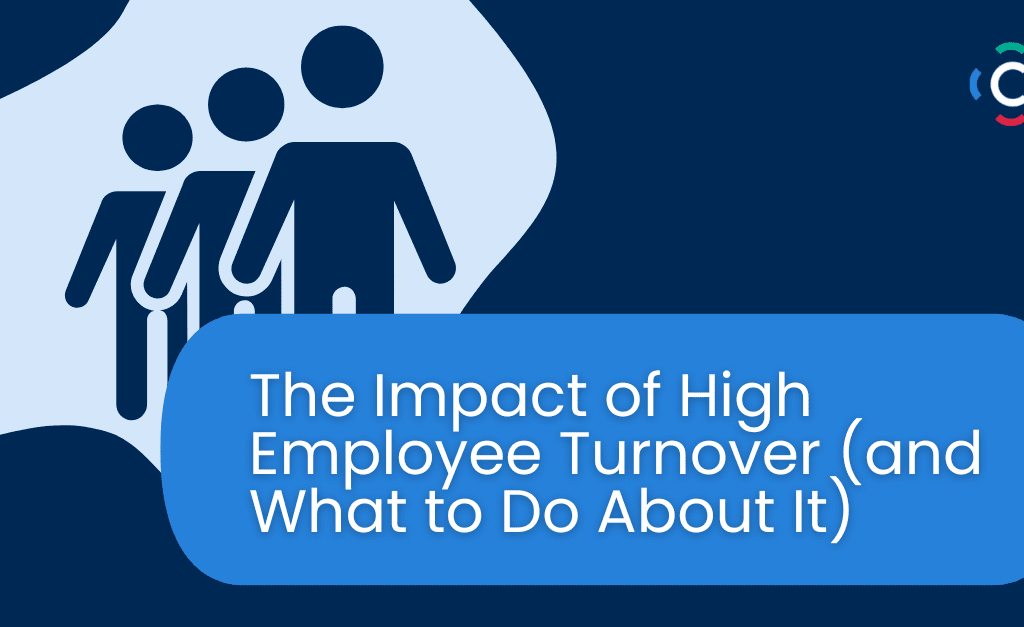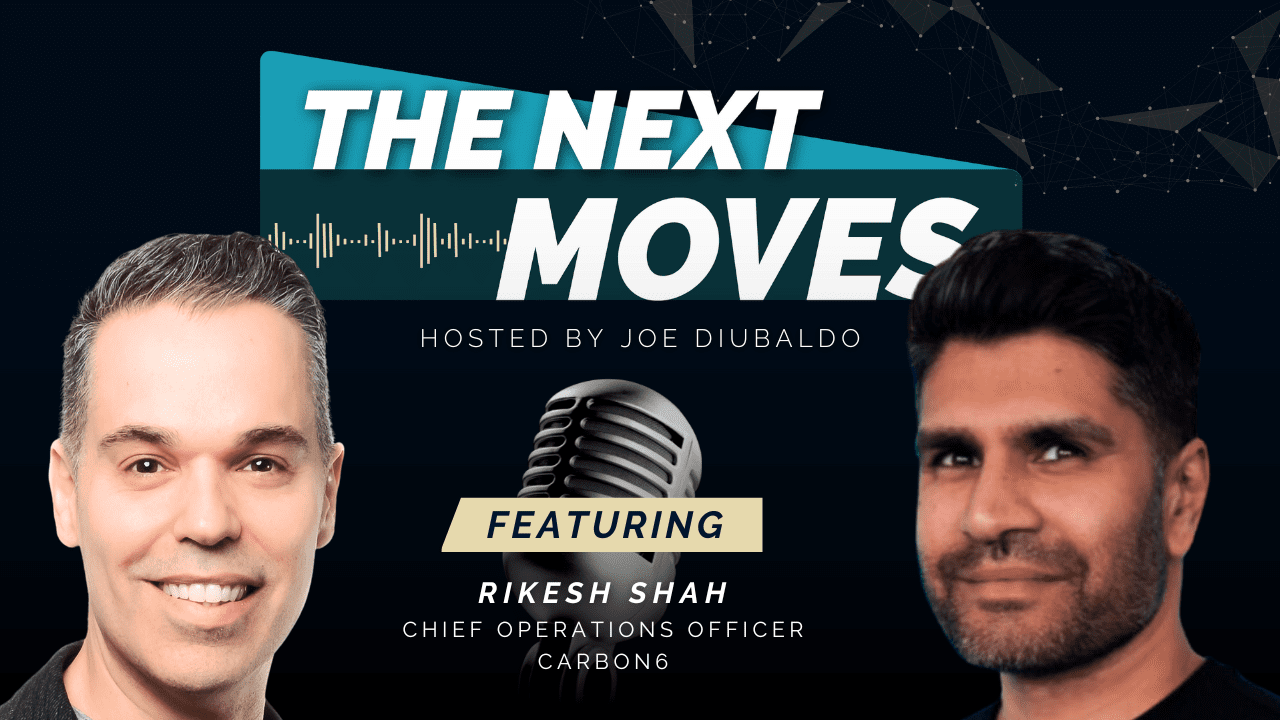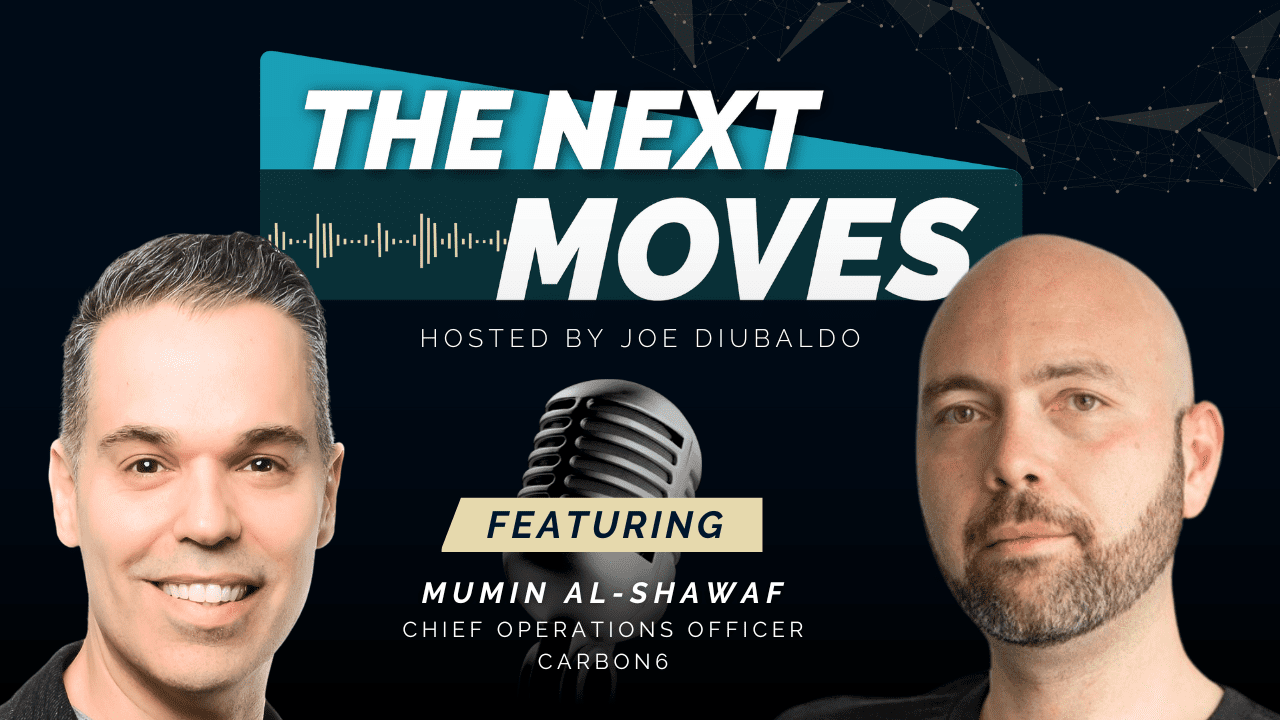The cost of replacing a departing employee can be staggering – in some cases the equivalent of a full year’s salary. Sourcing, landing and onboarding costs are substantial, and those investments of time and energy are lost along with the employee’s knowledge and expertise. But there are other impacts that come with high employee turnover beyond the obvious loss of that individual.
Here’s why you need to be concerned if your talent is leaving the fold in large numbers.
A Meta-Study
This study, discussed in the journal of Applied Psychology, conducted a meta-analysis of over 300 correlations between turnover rates and organizational performance. The authors found that, “the relationship between total turnover rates and organizational performance is significant and negative.” Specifically:
- Turnover of 1 standard deviation contributed to a 0.15 drop in organizational performance
- The greater the turnover, the greater the drop in performance
- The largest negative effects were found in customer satisfaction and quality
- Turnover negatively affected employee attitude and productivity
- Industries that were human capital centric were particularly impacted
- Knowledge critical businesses, where the loss of an experienced employee would be keenly felt, were negatively impacted by high turnover
- Smaller companies struggled more than larger companies if there was high turnover
Team Impact
The impact of employee turnover is most often felt at the team level. The remaining team, at least initially, must absorb their departing team member’s workload. This can lead to a decline in productivity, as the team struggles to manage their previous duties on top of their new responsibilities. When multiple employees leave, the workload can become unmanageable, leading to additional resignations.
How to Retain Talent
“How to Retain Top Finance and Accounting Talent” explores some of the progressive strategies that companies are currently using to retain their best employees. Strategies include:
- Making balance a priority – a study of organizations that had wellness programs in place reported that 69% of the participants felt increased engagement at work
- Building flexibility into the company’s culture
- Customizing benefits to an employee’s needs, rather than offering a one-size-fits- all approach
- Offering professional development opportunities
- Discussing potential career paths and advancement
- Conducting “stay interviews”
Key Takeaways
High employee turnover creates a cascade of negative effects. Departing employees take with them acquired knowledge and specific expertise. The void left behind can be difficult to fill with existing staff. If an organization is struggling with high employee turnover it’s critical to create and implement a retention strategy that addresses the key issues causing employees to leave. Progressive companies are changing their cultures to retain top talent, making balance a priority and offering flexible work options. Benefits are tailored to the employee, and paths to career advancement are clearly communicated. Whether it’s because of downsizing, or a culture in need of change, high turnover comes with a high price tag and needs to be addressed.
Your Next Step
No one should walk the job search or hiring road alone. At Clarity Recruitment we help others realize their success through a process that marries proprietary technology with unwavering commitment. Contact us today to take control of your career, or to partner with us to hire well.
Clarity Recruitment, connecting exceptional people with remarkable companies.





